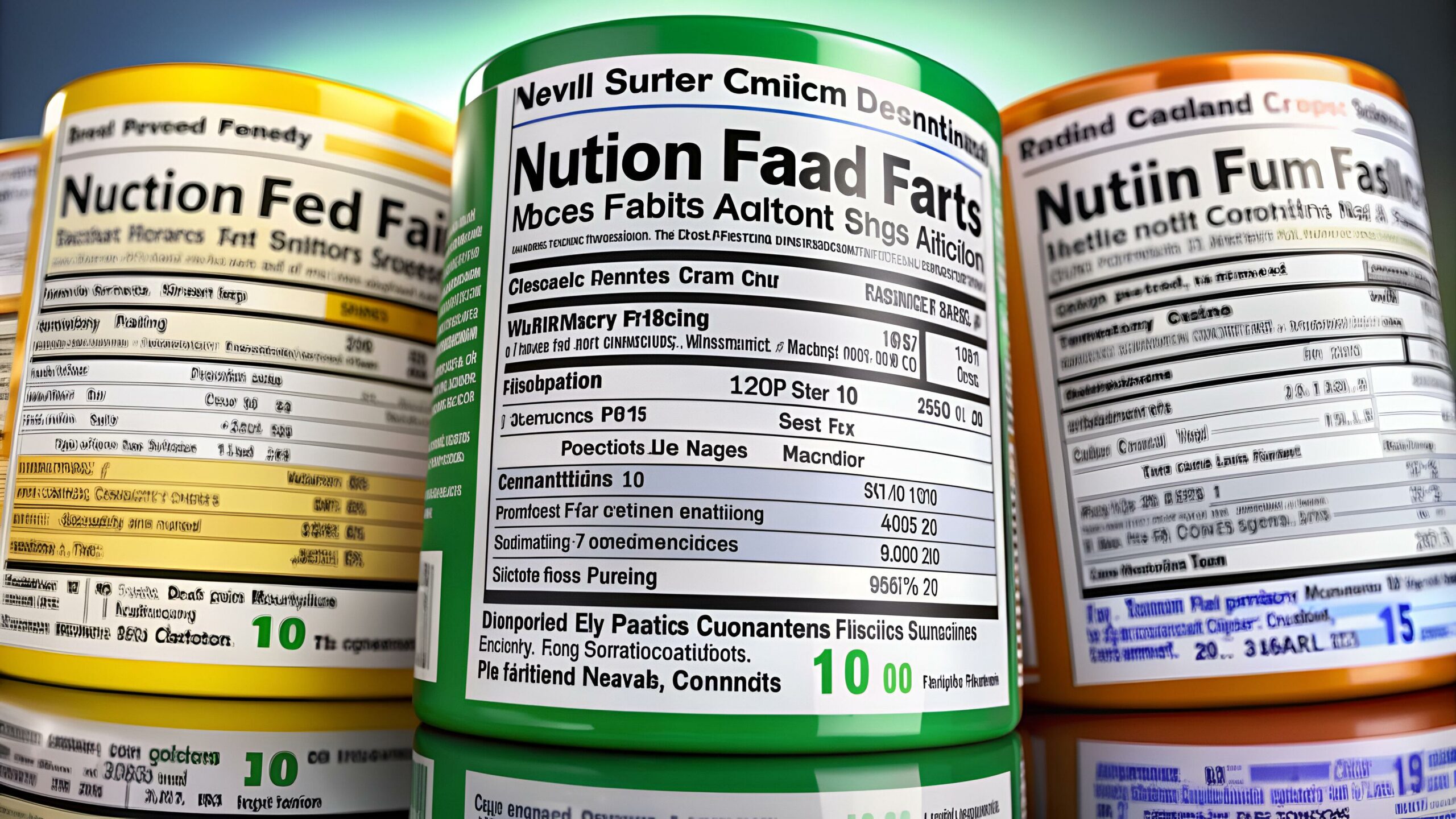
A Guide to Food Labels for Your Tot
In the whirlwind of parenthood, where convenience often takes center stage, pre-packaged foods offer a lifeline for busy families. But navigating the world of toddler and baby food labels can feel like deciphering a foreign language. Fear not, weary parent! This guide equips you with the knowledge to make informed choices for your little one’s nutritional well-being.
Beyond the Ideal: Embracing Convenience with Caution
The ideal scenario might involve whipping up every meal from scratch, crafting perfectly balanced and wholesome dishes for your growing adventurer. But let’s face it, reality rarely reflects this picture. The modern world demands flexibility, and pre-packaged options offer a much-needed lifeline for busy parents. There’s absolutely no shame in relying on these products, especially for on-the-go snacks and meals.
1. The 100g Breakdown: A Nutritional Snapshot
The « per 100g » column offers a valuable perspective on a product’s nutritional composition. It reveals the percentage of a specific nutrient present in a 100g serving. For instance, if the 100g column indicates 80g of sugar, it means the product contains 80% sugar.
2. Salt and Fiber: Essential Considerations
Salt Control: Excessive salt intake can contribute to high blood pressure and other health issues. The recommended daily salt intake for children is as follows:
Babies (6-12 months): Less than 1g
Toddlers (1-3 years): Less than 2g
Children (4-6 years): Less than 3g
Fiber Focus: While there’s no specific recommended fiber intake for children under two, aiming for 15g per day for toddlers aged 2-5 is a beneficial goal. Fiber promotes digestive health and satiety.
However, convenience shouldn’t come at the expense of nutrition. The key lies in understanding what lurks beneath those colorful labels, empowering you to make informed choices. Many parents find themselves grappling with two crucial questions:
Nutritional Powerhouse or Empty Calories? Are these pre-packaged options truly nourishing for my child?
Frequency Matters: How often can I incorporate these convenient options into my child’s diet?
Decoding the Label Landscape: A Step-by-Step Guide
Food labels are packed with information, but deciphering them can feel overwhelming. Here’s a breakdown of key aspects to focus on:
1. Serving Size: This crucial piece of information acts as a baseline for understanding the rest of the label’s details. It’s important to remember that serving sizes for children can be significantly smaller than those for adults. Be mindful of this distinction, especially when assessing factors like sugar and sodium content.
2. Macronutrient Breakdown: This section details the amount of carbohydrates, protein, and fat present per serving. While these macronutrients are essential for growth and development, their ratios matter. Look for options with a moderate amount of carbohydrates, prioritizing complex carbohydrates like whole grains over simple sugars. Protein is vital for building and repairing tissues, while healthy fats support brain development.
3. Sugar Savvy: Be cautious of added sugars, which contribute to empty calories and can negatively impact your child’s health. Naturally occurring sugars present in fruits and vegetables are less concerning. Check the ingredients list to identify hidden sugars like « fruit juice concentrate » or « corn syrup. »
4. Sodium Spotlight: Excessive sodium intake can contribute to future health problems like high blood pressure. While a small amount of sodium is necessary for bodily functions, aim for options with a lower sodium content, especially for younger babies and toddlers.
5. The Power of Micronutrients: Look for foods fortified with essential vitamins and minerals like iron, calcium, and vitamin D, which are crucial for your child’s growth and development.
Beyond the Basics: Advanced Considerations for Label Literacy
While the above points offer a solid foundation for label reading, here are some additional factors to keep in mind:
Fiber for Function: Include options rich in dietary fiber, which promotes gut health and satiety.
Organic or Not?: While organic labels signify the absence of synthetic pesticides and fertilizers, it doesn’t necessarily equate to a more nutritious product.
Health Claims: Scrutinize health claims with a critical eye. « All-Natural » doesn’t guarantee a healthy option.
Conclusion:
Food labels hold a wealth of information, empowering you to make informed choices for your child’s health. By understanding the key terms and what to look for, you can navigate the pre-packaged food landscape with confidence. Remember, convenience shouldn’t come at the expense of nutrition. Use these insights to create a balanced and healthy diet for your little one, ensuring they have the fuel they need to thrive!

